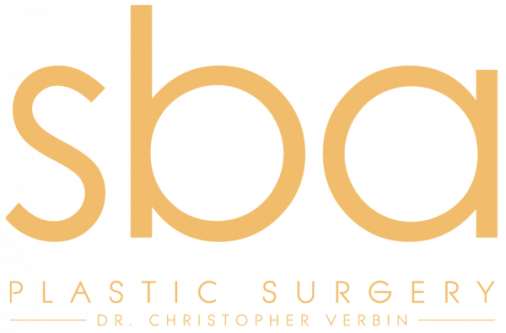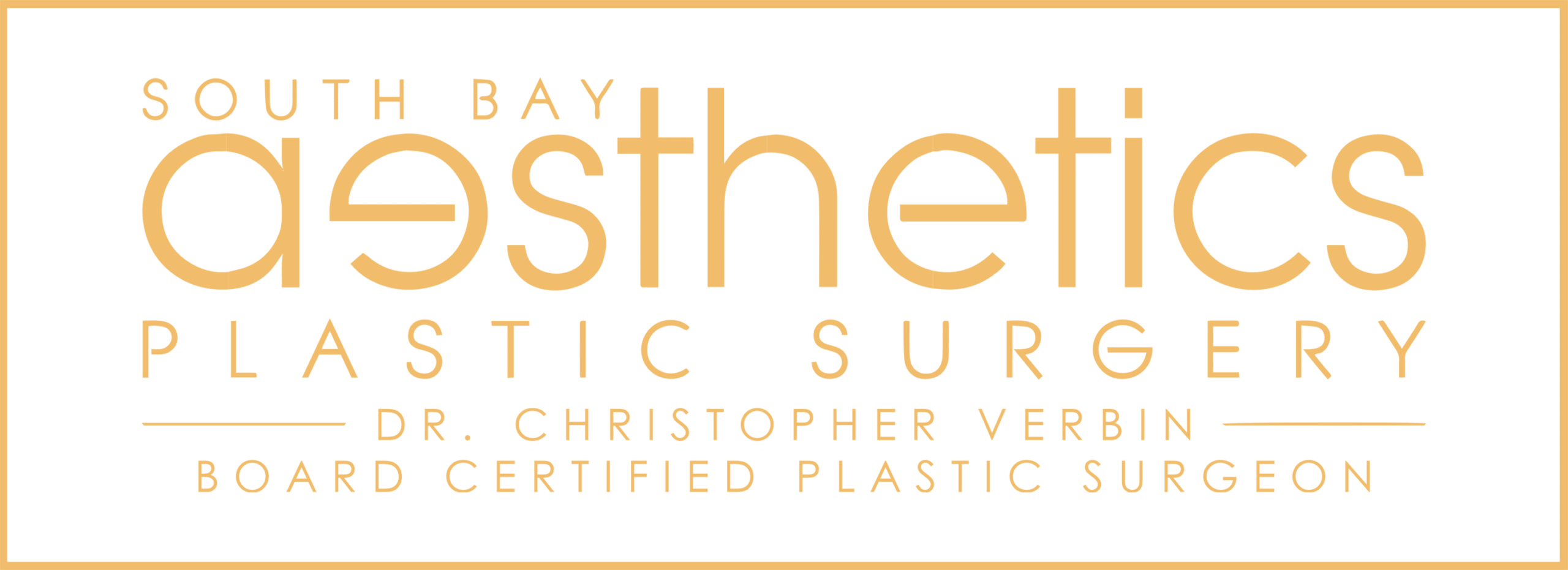The effects of age become more apparent the older you get. Whether it be from sun exposure throughout the years, the pull of gravity or stress caused by work, family and friends, aging is most noticeable in the face, where wrinkles, sags and bags are prominent.
These facial flaws can be challenging to deal with. Deep down, you know they don’t represent how you feel on the inside. Those wrinkles don’t capture your youthful side, those sags make you feel old and those bags make you seem more tired than you are. Fortunately, there’s no reason to think you must learn to live with these aging effects or think that tired face in the mirror represents who you are.
While a full facelift helps to improve the appearance of the face dramatically, it isn’t your only option for facial improvement. Dr. Christopher Verbin is experienced in a range of facial rejuvenation techniques that can address signs of aging where they affect you most. A mini facelift or a cheek lift requires less recovery time than a traditional facelift and can produce results that are just as enhancing, making you look and feel more youthful, energetic and vibrant.
A “mini facelift” or “limited incision facelift” is designed to give beautiful results through fewer and shorter incisions with reduced recovery time. It is sometimes referred to as the “S” lift or the “vertical” lift. Whereas the traditional facelift utilizes incisions that cross back behind and above the ear into the hair, a mini lift may only involve incisions at the top of the ears. This type of facelift can achieve a reduction in the appearance of jowls, fewer wrinkles around the chin and a more defined neck and jawline.
A mini facelift is best for those who are a bit younger and are starting to see the effects of the aging process in their lower face and neck. Though it doesn’t produce results that are as dramatic as a full facelift (it isn’t the best option for those who have deep wrinkles and noticeable sagging in the jowls), it can be an effective fix for those who require less extensive improvements. A limited incision/mini-facelift approach is also commonly selected for a patient’s second facelift.
If the central area of the face is most affected, a cheek lift or midface lift could be a viable alternative to a full facelift or mini facelift. If there is too much lax and excess skin to be taken up, a traditional facelift may be the best option for that individual. Everyone’s face is different and the optimal approach to address facial issues is chosen individually for each patient.
Midface lifts elevate the central cheek region, restoring youthful contours when this area begins to descend and develop hollows. This type of facelift, also known as a cheek lift, can be accomplished using different techniques. Depending on the patient’s anatomy, Dr. Verbin may use a scope from the temple hair or use a lower eyelid approach. These can be combined with a small incision made inside the mouth. Both techniques allow for a procedure that restores facial volume and contours while leaving little to no visible scarring.
Like a mini facelift, a cheek lift requires less recovery time than a full facelift. It also involves less bruising and swelling. This type of facelift is best suited for those who need targeted improvements in the midface area due to drooping cheeks, hollows beneath the eyes and deep nasolabial folds (the lines found between the mouth and nose that are caused by facial expressions).
A cheek lift is most appropriate for middle-aged and younger patients who are hoping to delay the need for a full facelift. Some patients combine a cheek lift with other procedures for a more comprehensive result. Popular choices include eyelid surgery (blepharoplasty), a brow lift or a neck lift. The results of a midface lift can also be complemented by fat grafting or dermal filler injections in the cheeks to further lift and contour the area.
While both cheek lifts and mini facelifts are effective surgeries, they target different areas and are best for different patients. Which type of facelift is right for you will depend on which areas of your face require improvements and what aesthetic goals you hope to achieve. Dr. Verbin will go over with you precisely what both surgeries entail and which he recommends based on your circumstances.
A full facelift is the best solution for many of our Torrance patients. If you are younger and are experiencing less advanced signs of aging, a mini facelift or cheek lift could be an ideal option. Dr. Verbin may suggest a mini facelift if you are beginning to develop jowls and would like your jawline and neck contoured. If you’re noticing sagging cheeks and prominent lines around your mouth, he may recommend a cheek lift. Whatever facial issues are concerning you, know that Dr. Verbin wants you to be your best self and will make every effort to ensure you are satisfied with your results.
Before proceeding with any surgery, Dr. Verbin must confirm that you are a good candidate. This assessment will take place during a consultation and will include a physical examination as well as a discussion of your goals and expectations. You should be in good general health and be a non-smoker (or willing to quit smoking for the period that Dr. Verbin recommends). You should be aware that, although these are smaller procedures than a full facelift, there will still be recovery time and some discomfort after surgery. You should also have a thorough understanding of what these procedures can and cannot accomplish. Your desired results should be within reason. Dr. Verbin will recommend alternative options or additional procedures if necessary.
If you’re tired of the tired appearance that aging imposes, maybe it’s time for a change. A mini facelift or cheek lift could be a great option to make your appearance more youthful and lively. If you’re interested in either of these procedures and would like to schedule a consultation, or hear more info, we invite you to call South Bay Aesthetics Plastic Surgery Center at 310-539-6500 or contact us here.

